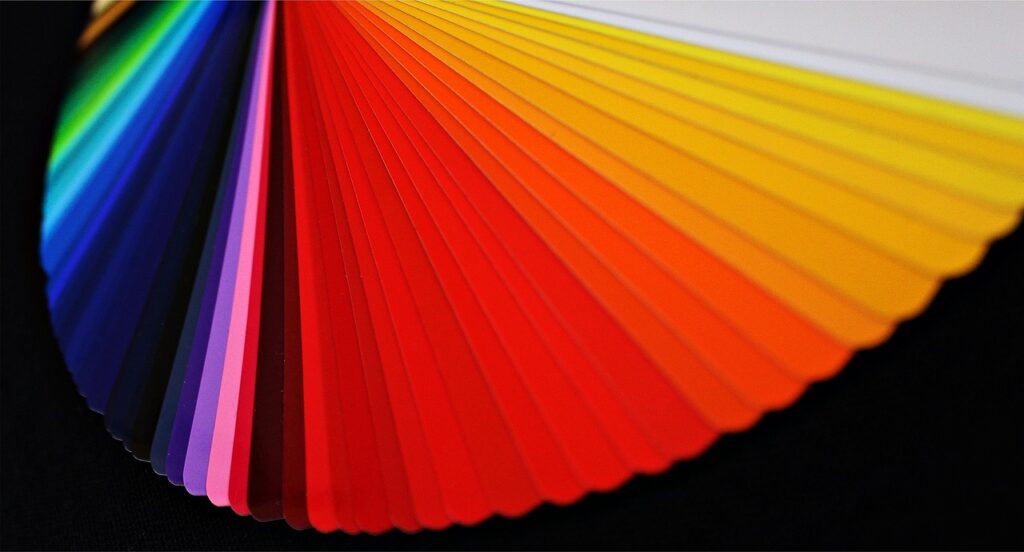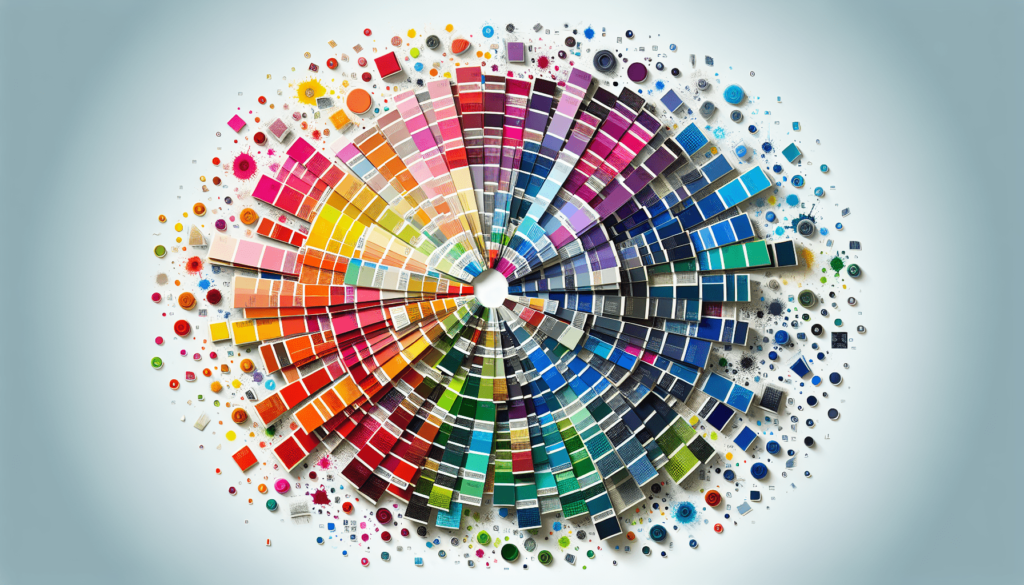Hello! Are you struggling to decide on the perfect color scheme for your book cover? Choosing the right colors can make a big impact on the first impression your book gives off. In this article, we will explore tips and tricks to help you select a color scheme that best represents your book and attracts potential readers. From considering your genre and target audience to understanding color psychology, we’ve got you covered. Let’s make your book cover stand out on the shelves! How Do I Choose The Right Color Scheme For My Book Cover?
Have you ever found yourself staring at a blank book cover, wondering what colors to choose to make it stand out on the shelves? Choosing the right color scheme for your book cover is essential in capturing the attention of potential readers. In this article, we will guide you through the process of selecting the perfect colors for your book cover design.
Understanding the Psychology of Colors
Colors have the power to evoke emotions and convey messages without saying a word. Understanding the psychology behind different colors can help you choose the right color scheme for your book cover.
When deciding on the color scheme for your book cover, consider the message you want to convey. For example, red is often associated with passion, love, and intensity, while blue conveys trust, calmness, and reliability. By incorporating these psychological effects into your color scheme, you can create a cover that resonates with your target audience.
Consider Your Book Genre
The genre of your book can also play a significant role in determining the color scheme for your book cover. Different genres are often associated with specific colors that help readers identify the type of book at a glance.
For example, if you are writing a romance novel, you may want to choose soft, romantic colors like pastel pink or lavender. On the other hand, if you are writing a thriller or mystery, darker colors like black, navy, or deep red may be more appropriate.

Choosing a Color Scheme
Now that you have an understanding of color psychology and how it relates to your book genre, it’s time to choose a color scheme for your book cover. A harmonious color scheme can make your cover visually appealing and draw readers in.
One popular method for choosing a color scheme is the use of a color wheel. A color wheel is a visual representation of colors arranged in a circle. Colors that are close to each other on the color wheel, such as analogous colors, create a sense of harmony and unity. On the other hand, colors that are directly opposite each other on the color wheel, known as complementary colors, create a bold and eye-catching contrast.
Monochromatic Color Schemes
A monochromatic color scheme uses varying shades of a single color to create a sophisticated and elegant look. This type of color scheme is perfect for creating a cohesive and unified design. By using different tints and shades of the same color, you can add depth and interest to your book cover without overwhelming the viewer.
When choosing a monochromatic color scheme for your book cover, consider using a variety of tones to create contrast and visual interest. For example, you could pair a light pastel color with a darker, more saturated shade to create a dynamic and eye-catching design.

Analogous Color Schemes
An analogous color scheme uses colors that are adjacent to each other on the color wheel. This type of color scheme creates a sense of harmony and unity, making it a popular choice for book covers. Analogous colors are often found in nature and create a calming and visually appealing design.
When choosing an analogous color scheme for your book cover, consider using three to four colors that are next to each other on the color wheel. This will create a cohesive and harmonious design that is pleasing to the eye. Experiment with different shades and tones to add depth and dimension to your cover.
Complementary Color Schemes
A complementary color scheme uses colors that are directly opposite each other on the color wheel. This type of color scheme creates a bold and eye-catching contrast that can make your book cover stand out on the shelves. Complementary colors are often used in high-impact designs to grab the viewer’s attention.
When choosing a complementary color scheme for your book cover, consider using two contrasting colors to create a visually dynamic design. For example, pairing blue with orange or purple with yellow can create a striking and attention-grabbing cover. Be mindful of the intensity of the colors you choose, as too much contrast can be overwhelming to the viewer.

Triadic Color Schemes
A triadic color scheme uses three colors that are evenly spaced around the color wheel. This type of color scheme creates a vibrant and visually appealing design that is well-balanced and harmonious. Triadic color schemes are often used in bold and energetic designs to create a sense of excitement and movement.
When choosing a triadic color scheme for your book cover, consider using three colors that are equidistant from each other on the color wheel. This will create a balanced and dynamic design that captures the viewer’s attention. Experiment with different combinations of colors to find the perfect balance for your book cover.
Split-Complementary Color Schemes
A split-complementary color scheme uses a base color and two colors that are adjacent to the base color’s complementary color. This type of color scheme creates a refined and sophisticated design that is visually interesting and harmonious. Split-complementary color schemes offer a unique twist on the traditional complementary color scheme.
When choosing a split-complementary color scheme for your book cover, consider using a base color and two contrasting colors to create a visually dynamic design. For example, if your base color is blue, you could use orange and yellow as the complementary colors. This combination creates a visually striking design that is sure to grab the viewer’s attention.

Using Color Theory in Practice
Now that you have a better understanding of different color schemes and how they can be used in book cover design, it’s time to put this knowledge into practice. When choosing a color scheme for your book cover, consider the following tips:
- Start by determining the primary message you want to convey with your book cover. Think about the emotions and themes you want to evoke in your readers.
- Consider your book genre and target audience. Different genres are often associated with specific colors, so choose colors that are appropriate for your genre.
- Experiment with different color schemes to find the one that best represents your book. Don’t be afraid to think outside the box and try unconventional color combinations.
- Use color theory to create a harmonious and visually appealing design. Choose colors that complement each other and create a sense of balance and unity.
- Take inspiration from other book covers and designs. Look for colors that resonate with you and incorporate them into your own design.
By following these tips and incorporating color theory into your book cover design, you can create a visually stunning cover that captures the essence of your book and attracts readers. Remember, choosing the right color scheme is an important part of the design process and can make a significant impact on the success of your book.

Comments are closed